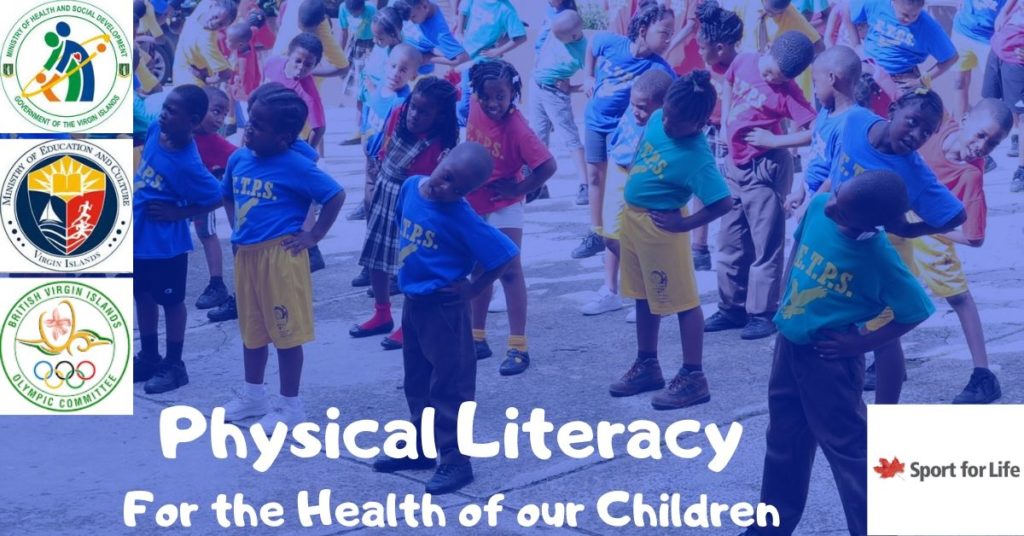Source: http://physicalliteracy.ca/

The Definition of Physical Literacy
“Physical literacy is the motivation, confidence, physical competence, knowledge, and understanding to value and take responsibility for engagement in physical activities for life.”
– The International Physical Literacy Association, May 2014
The Elements of Physical Literacy
Motivation and Confidence (Affective)
Motivation and confidence refers to an individual’s enthusiasm for, enjoyment of, and self-assurance in adopting physical activity as an integral part of life.
Physical Competence (Physical)
Physical competence refers to an individual’s ability to develop movement skills and patterns, and the capacity to experience a variety of movement intensities and durations. Enhanced physical competence enables an individual to participate in a wide range of physical activities and settings.
Knowledge and Understanding (Cognitive)
Knowledge and understanding includes the ability to identify and express the essential qualities that influence movement, understand the health benefits of an active lifestyle, and appreciate appropriate safety features associated with physical activity in a variety of settings and physical environments.
Engagement in Physical Activities for Life (Behavioural)
Engagement in physical activities for life refers to an individual taking personal responsibility for physical literacy by freely choosing to be active on a regular basis. This involves prioritizing and sustaining involvement in a range of meaningful and personally challenging activities, as an integral part of one’s lifestyle.
The ABCs of Physical Literacy
Just as learning the alphabet is necessary to read, the development of fundamental movement skills and fundamental sport skills is critical if children are to feel good about physical activity. The ABCs – Agility, Balance, Coordination and Speed are the four skills that underpin physical literacy.
Physical Literacy is the mastering of fundamental movement skills and fundamental sport skills that permit a child to read their environment and make appropriate decisions, allowing them to move confidently and with control in a wide range of physical activity situations. It supports long-term participation and performance to the best of one’s ability.
Physical Literacy is the cornerstone of both participation and excellence in physical activity and sport. Ideally, physical literacy is developed prior to the adolescent growth spurt. It has been adopted as the foundation of the Sport for Life concept in Canada, a partner in the collaborative efforts of the BVIOC and Ministries of Education and Health to introduce physical literacy into the daily lives of children in the Virgin Islands.
Children should learn fundamental movement skills and fundamental sport skills in each of the three basic environments:
On the ground – as the basis for most games, sports, dance and physical activities.
In the water – as the basis for all aquatic activities.
In the air – basis for gymnastics, diving and other aerial activities.
Parents, caregivers, coaches, and teachers all play a role in the development of our children’s physical literacy and are key to the success of the programme in the Territory.
Download the leaflet.